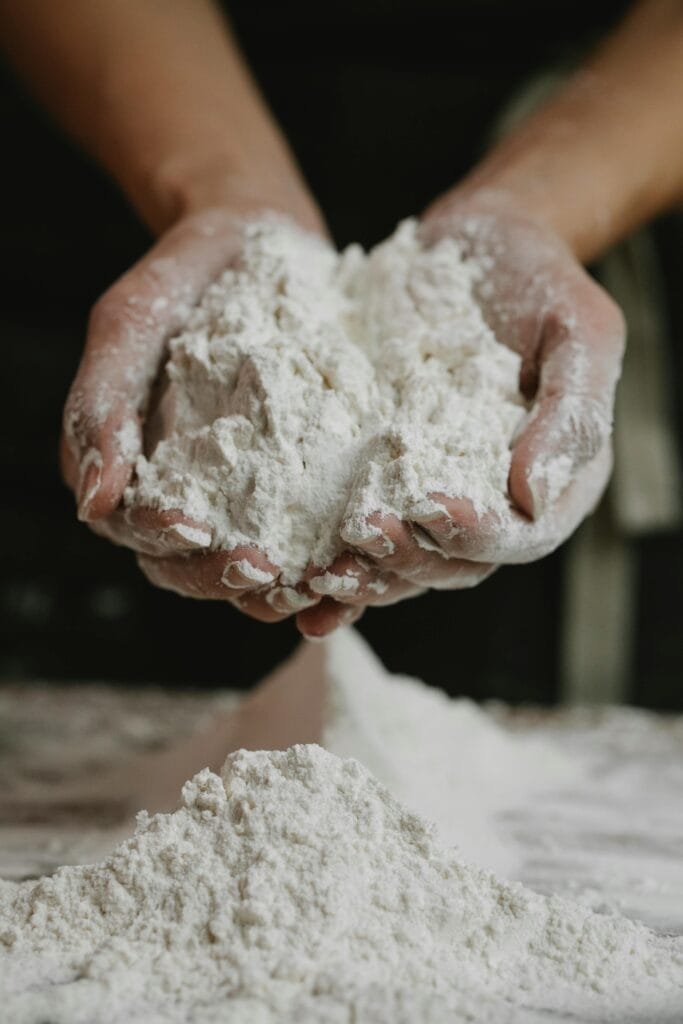
*If you’re brand-new to gluten-free living, you might find my introductory blog Are You New to Gluten-Free Living? helpful before diving in here.
When I first discovered I had to give up gluten, my baking world felt upside down. Suddenly, all the recipes I had baked for years seemed impossible, and my pantry became unfamiliar territory. If you’re feeling the same way, I completely understand! Trust me, gluten-free baking might seem daunting at first, but I promise it gets easier—and delicious!
When my daughter Savannah and I wrote Sweet Treats Healthy Eats, our goal was to make gluten-free baking simple, accessible, and genuinely tasty. Here’s my beginner-friendly guide, sharing what I’ve learned along the way.
What Does Gluten Actually Do in Baking?
Gluten is a protein that gives traditional baked goods their structure, elasticity, and chewy texture. Without gluten, baked goods can be crumbly or dry, so gluten-free baking is all about finding ways to replicate those textures.
Essential Gluten-Free Flours and How to Use Them
In traditional baking, you can often rely on all-purpose flour alone. In gluten-free baking, however, it helps to combine flours for best results. Here are three essentials from my cookbook:
Tip: Blending two or more gluten-free flours usually gives the best results!
Do You Need Xanthan Gum? (Short Answer: Not Necessarily)
Many gluten-free recipes call for gums like xanthan or guar gum to replicate gluten’s elasticity. However, I prefer simpler ingredients. All recipes in Sweet Treats Healthy Eats skip gums entirely, relying on natural ingredients like eggs, applesauce, or nut flours to create the right texture.
Three Golden Rules for Gluten-Free Baking Success
I learned early on that gluten-free baking requires slightly different techniques. Here are three essential tips, inspired by my own experience and reinforced by expert advice from resources like Simply Recipes:
Accidentally Glutened? Here’s What to Do
If you accidentally consume gluten (“getting glutened”), don’t panic—it’s happened to all of us! Here’s my simple advice:
Remember, gluten-free baking isn’t about what you’re giving up—it’s about discovering new ways to enjoy foods you love. You can do this!
Check out SweetTreatsHealthyEats for more resources or visit:
Celiac Disease Foundation
Gluten-Free Watchdog
King Arthur Baking’s Gluten-Free Guide